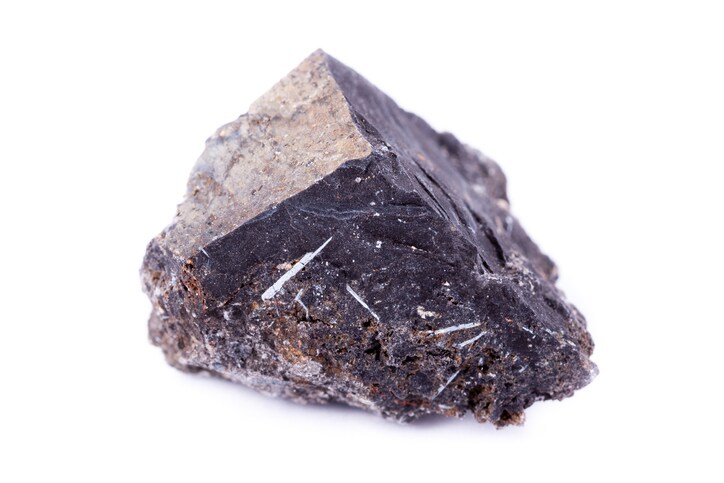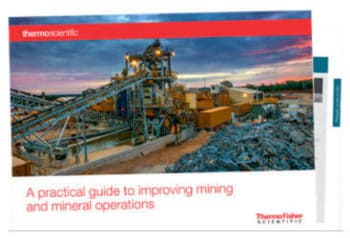 X-ray diffraction (XRD) and X-ray fluorescence (XRF) are most often used for complimentary qualitative and quantitative analysis. XRD is commonly used in geology and mining (earth science) laboratories to characterize the mineralogical composition, while XRF is routinely used to determine chemical composition. Here we present a case study in which XRD and XRF were used to analyze the mineralogy of ilmenite ore samples from China and Australia and demonstrate clear differences between the deposit locations.
X-ray diffraction (XRD) and X-ray fluorescence (XRF) are most often used for complimentary qualitative and quantitative analysis. XRD is commonly used in geology and mining (earth science) laboratories to characterize the mineralogical composition, while XRF is routinely used to determine chemical composition. Here we present a case study in which XRD and XRF were used to analyze the mineralogy of ilmenite ore samples from China and Australia and demonstrate clear differences between the deposit locations.
Ilmenite (FeTiO3) is the most important titanium ore, responsible for up to 47% of the total worldwide production of TiO2, a whitening pigment. The world’s largest producer of ilmenite ore is Australia, together with South Africa, China and Canada. The ore occurs as two different morphologies, hard rock and heavy sand ilmenite, whereof the latter is more utilized. Ilmenite forms solid solution series with geikielite (MgTiO3) and pyrophanite (MnTiO3) and can more generally be written as (Fe,Mg,Mn)TiO3.
For evaluation of the grade of the ore, it is crucial to know both the chemical and mineralogical composition of the sample, which are usually analyzed by XRF and XRD respectively.
The ore from Australia only contains expected minerals (valuable raw materials) whereas are samples from China show a wider variety of mineral phases, which are all related to ilmenite deposits.
Read the complete study, including tables and charts illustrating analytical results:
Elemental and Mineralogical characterization of geological materials is of primary importance both in terms of assessing their natural resources and in terms of their exploration, beneficiation and extraction processes for industrial needs.
Additional recommended reading:
Analysis of geological minerals using the ARL EQUINOX series X-ray diffractometer.
Watch this video to see a demonstration of a desktop XRD instrument.






Leave a Reply